The Fenar Valley and its surroundings
Nature in its purest form
A place where there is always something to discover
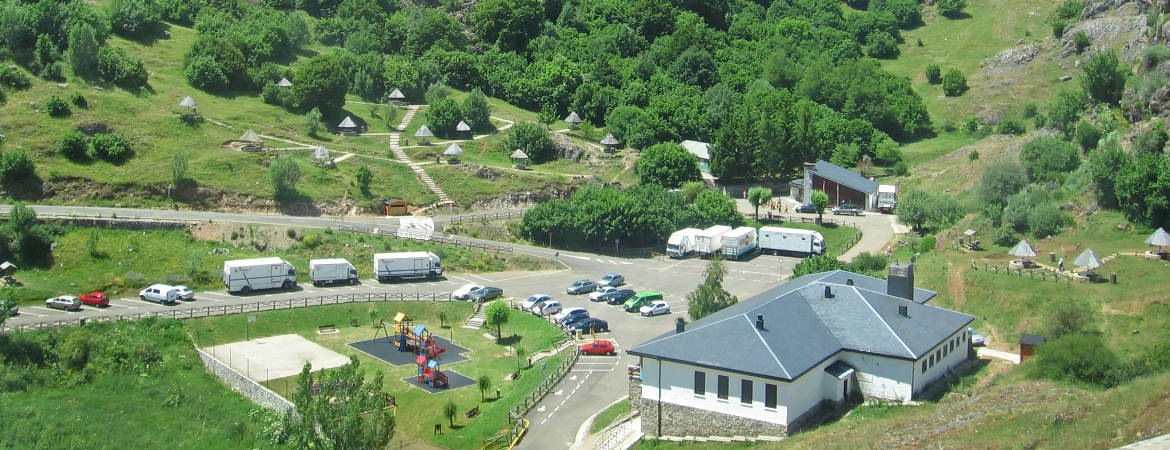
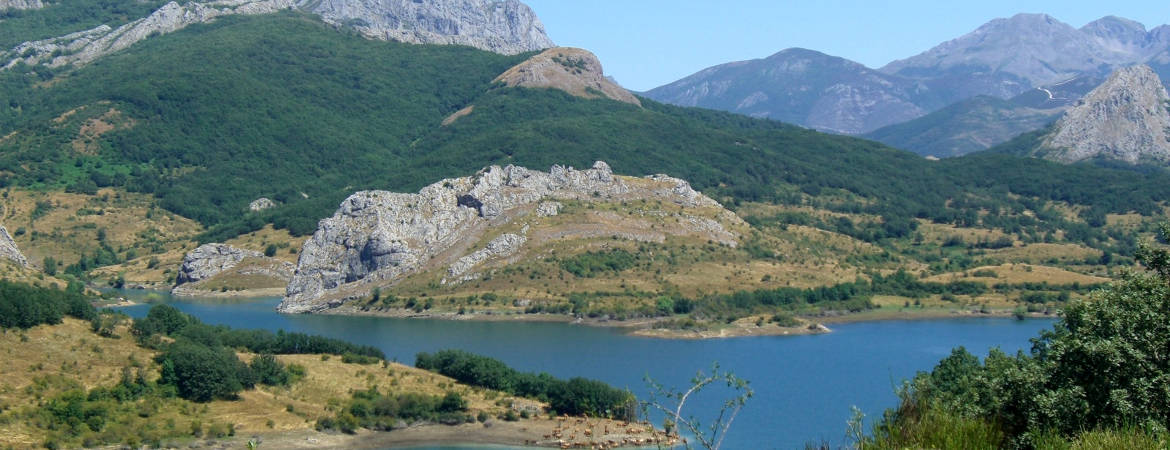
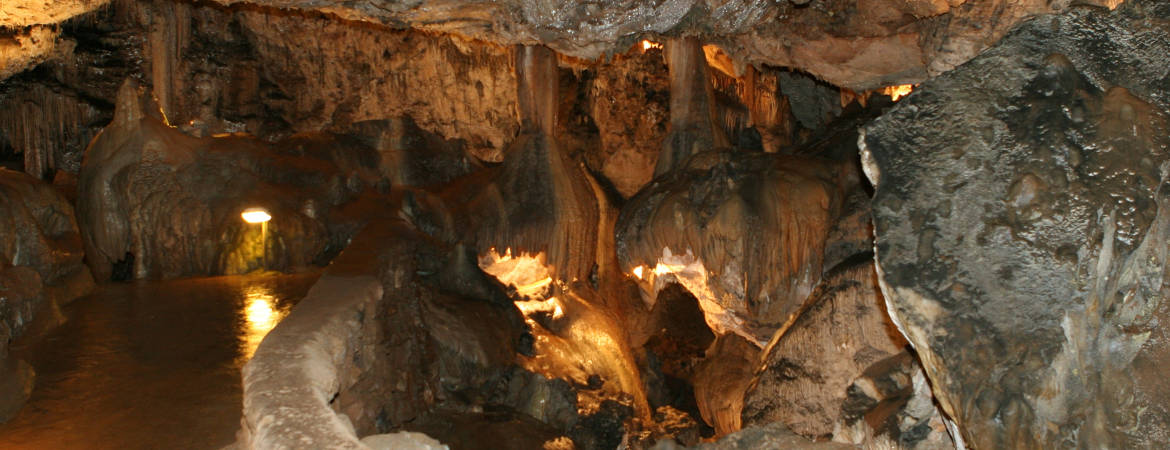
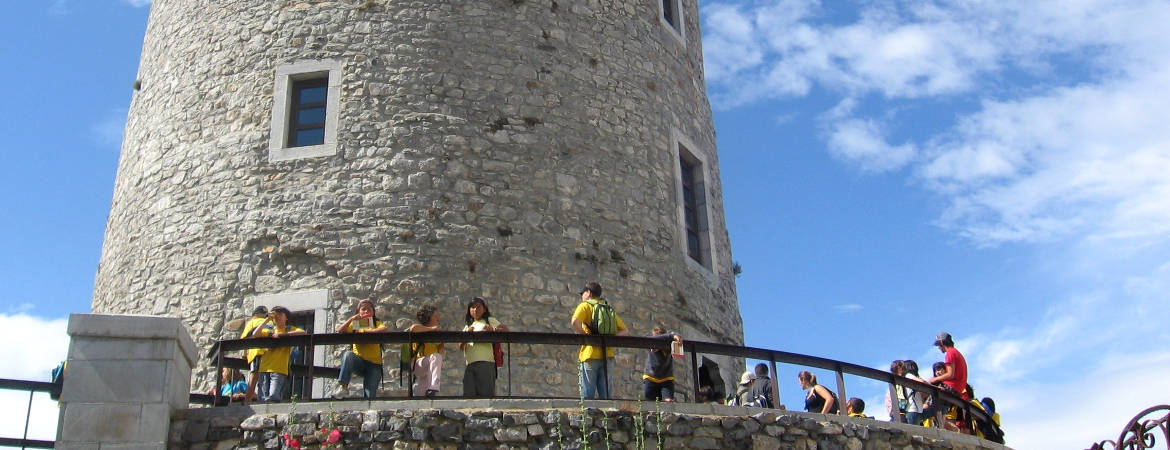
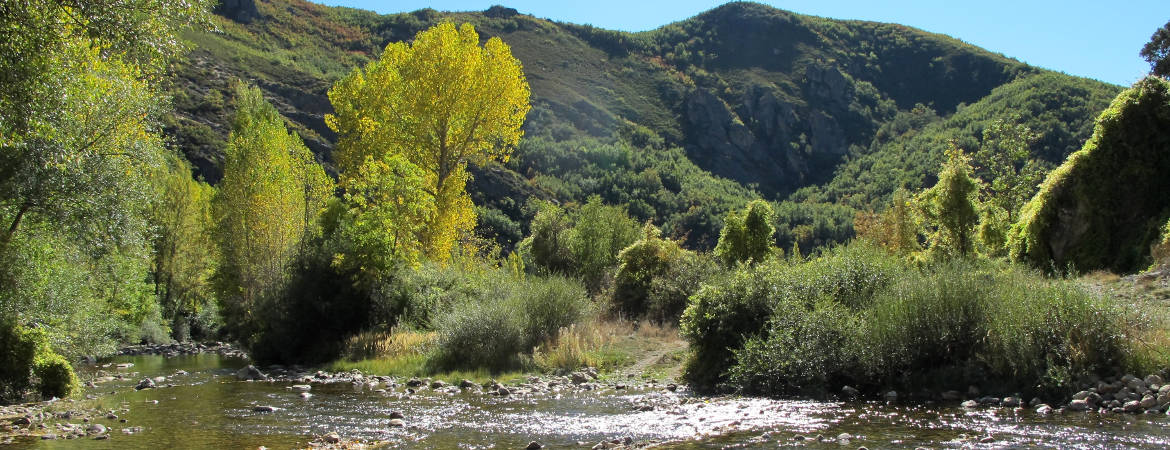
Our facilities where we develop summer English camps, and activities and excursions with schools during the school period, are located on the southern slope of the Cantabrian mountain range, specifically in the small town of Robledo de Fenar, located between the populations of Matallana de Torío and La Robla, in the Fenar Valley.
Years ago it belonged to the Municipality of La Robla, but for some it has become part of the Municipality of Matallana de Torío.
The environment in which it sits is unique, on the edge of the mountains of the mountains that flank it to the north, and 500 meters from the river to the south, behind the wide plain of the wide valley on the other side of the road. We are at an altitude of 1,040 meters, and practically at the beginning of the mountain coming from the southern plateau.
The Cantabrian Mountains, natural paradise
The Cordillera Cantábrica is undoubtedly the most spectacular mountain range in the Iberian Peninsula due to its uniqueness and variety of landscapes. It also emphasizes its breadth as it has a length of 480 km from west to east and between 60 and 120 km wide from north to south.
Our camp to be in the southern part of the Central Mountain (one of the areas in which the mountain range is divided), looking towards the plateau, gives us great advantages, as it is a mild climate and much less rainy than the one of the northern slope of the Cordillera. This guarantees that during our English summer camps, the weather is ideal, since we do not suffer just days of rain, and the nights are pleasant temperatures that make us sleep soundly, unlike that happens from Leon down in the Peninsula with heats difficult to carry even at night.
The Central Mountain of Leon
It is the part of the mountain range located just north of the city of Leon, between the Porma River and the Luna River. It is possibly the region with the most possibilities of adventure in the whole province of Leon. In this area it is possible to enjoy mountaineering, climbing, speleology, rafting, canoeing, kayaking, skiing, fishing, hunting, routes and activities for children and adults etc.
The municipalities of the region include the Matallana de Torío, which belongs to the small town of Robledo de Fenar where the camp is located.
Municipalities of the Central Mountain
Matallana de Torío is 30 km from the capital city of Leon and is a wonderful town to visit, it crosses the river Torío where the town’s kids go to bathe in the summer. or go by bike that joins the towns of Matallana de Torio (station), (town) and Villalfeide.
In this municipal area is the Hermitage and on August 18, 19 and 20 are the festivities of San Roque.
In Matallana de Torío we find a municipality whose cultural, economic and undoubtedly leisure-adventure aspects revolve around the Torío River, the MontaÑa Brava and the narrow-gauge train (FEVE) called by the "paisanos de the zone " the train of Matallana.
El Torío is a mountain river, one hundred percent trout, with a bronze torrent that begins to be riparian from Pardavé.
The City Council is composed of 11 towns of old lineage; towns designated by Rome and remade with medieval stone.
Populations of Matallana de Torío:
Pardave
Probably one of the first Asturian settlements that occurred in these places, confirmed by the later Roman colonization that traces one of its roads-causeway to Asturias. Right up to here came in the Middle Ages, the infantado del Torío who held the Abbey of San Isidoro for several centuries. By then from here to Leon, the Torío was called the La Mediana river. Pardavé had a hospital and a chapel dedicated to San Roque.
Robles de la Valcueva
At the crossroads of the roads that lead to La Robla and La Vecilla. It was called Bailongo the great mountain planted south of the town, sample of the great forest born here. It belonged in the low average age to the council of Cervera. Almost 50% of the men were dedicated to the felling and carrying of wood from these mountains to Leon. A little away from the town is the hermitage of Nuestra Sra. De Boinas where there is pilgrimage and good food on the day of the Virgin of August.
La Valcueva
Today is the sum of two locations because the old helmet of Palazuelo de la Valcueva is integrated into it. It was called the valley of La Cueva because these rocks are, since Roman times, full of primitive perforations. Coal mining is still one of its main economic resources. Two branches of the railway were built to transport coal from the La Carmonda mine and the La Arbea valley operations.
Neighborhood of the Station
In 1894 the railroad between La Robla and Valmaseda (Vizcaya) was finished, then the Matallana station was born, away from the town about 3 kms joined with branches approaching the mines of this main valley. Later, the Matallana branch? Leon. Thus the neighborhood was developed and became headquarters of the Municipal administration.
Naredo de Fenar
Settled next to the old Camino Real and Cordel de Merinas. It could have been called Heranedo or Fenaredo conforming the cattle destiny that these places must have had during their Roman colonization. In the upper area of ??the town there are vestiges of an old castro or pre-Roman town, possibly settlement of some Cantabrian tribe.
Fenar oak
The oak gives name to the towns. It belonged to the Council of Fenar that had condition of realengo. This council was granted a special charter by King Ferdinand I in 1042. It is known that it was a settlement of some Mozarabic community.
Matallana de Torío (Mata Plana)
In 1002 a donation of houses and lands of a convent of nuns is cited. It was always realengo. Today it is defined by its mining activity initiated at the beginning of the 19th century, with more than 80 hard coal deposits in this basin.
Orzonaga
Possibly founded by the Cantabrian tribe of the orgenomescos. Next to the town, in the place called " castro ", are the ruins of a hermitage dedicated to San Juan Bautista. It belonged to the Council of Cervera and was subject to the tributes of the abbot of San Isidoro.
Serrilla
It owes its development to the Real Cordel de Merinas. Here the wardrobe friars opened to assist the large herds and herdsmen who came from the south. Later the monopoly of the flocks passed to the nobles of the Council of the Mesta and the Duke of the Infantado settled here. Next to the bridge is the Ropería Mill, now converted into a rural tourism center.
Villalfeide (Villa of Al-Faid, Villa del Torrente)
The Mozarabic communities of the area made fashionable the pilgrimage to the hermitage of San Froilán in Valdorria with obligatory passage through Villalfeide. Its history is evident in a medieval bridge, as well as in its Romanesque church with a summary of stones that must have belonged to old hermitage installations.
The most important of them all, just 7 kilometers away, will be the reference to easily reach our center.
The municipality of La Robla is made up of nine towns that, together with La Robla, make up a total of 10 population centers. Located in the Central Mountain, it has a privileged situation, dominating the communications of the north of the province of Leon.
Inexcusable crossing of roads and railways, is an excellent starting point to access the wide variety of tourist resources offered by this area of ??Leon.
The municipality of La Robla, mainly includes the Valle de Alba and Fenar. The district of Alba contributes to the Municipality of La Robla: Alcedo, Llanos, Olleros, Puente and Sorribos. Also the District of Fenar contributes: Solana, Candanedo, Rabanal and Brugos.
La Robla is the main communication hub of the northern province of Leon. The passage by her is almost obligatory as much for the travelers with destination to Leon as those that go to Asturias. A La Robla can be accessed mainly through the following communication channels.
Through the N-630, which connects the port of Pajares that gives access to Asturias and vice versa.
Through the county road C-626 (La Magdalena-Cervera del Pisuerga), which is also the access to the A-66 motorway, which links Leon and Asturias. This district also allows to go or come from La Robla to important towns such as La Vecilla, BoÑar and other points from which you can get to Vegacervera, Valdeteja, San Isidro winter station, etc.
A la Robla can also be accessed by Alsa Railway or Bus Lines.
The third important nucleus of the area is Vegacervera.
The best preserved history, in addition to its rich parish archives, survives today in the drawing of the traditional architecture of all these towns that make up today the municipality of Vegacervera: Coladilla, Valporquero, Vegacervera Valley and Villar del Puerto. They are solid houses, almost hermetic, of carved stone or boulder, almost always with interior and solar corral, also integrating the spaces destined to the cattle (blocks for the cows and cuts for the sheep). The urban ensembles of these villages largely preserve their old styles and building techniques.
Other important municipalities around the camp include Villamanín, Cármenes, Valdepielago, and La Pola de Gordón.
The Caves of Valporquero
Without a doubt it is the main tourist attraction of the area, and they are considered one of the most beautiful and especially spectacular in the whole country, they will be part of one of our visits every fortnight, with a guided tour in English following the philosophy "taking classes outside of the classroom setting".
At 1,309m. altitude, under the town of Valporquero, the heart of the mountain of Leon opens an immense mouth by which, accompanied by a crystal clear stream, we can discover hidden and incredible underground wonders. Roads, bridges, stairs and a multitude of spotlights accompany us for a kilometer, allowing us to admire the great work of art that nature has been modeling for more than a million years. Stalactites, stalagmites, castings and columns of different brightness and colors follow one another in seven visitable rooms.
Open to the public by the Diputación de Leon since 1966, the Cave of Valporquero, today offers a full day of leisure, both in its interior visit and its wonderful natural environment equipped with parking, public picnic, fountain, playground, cafeteria-restaurant and other services aimed at the satisfaction of the visitor.

